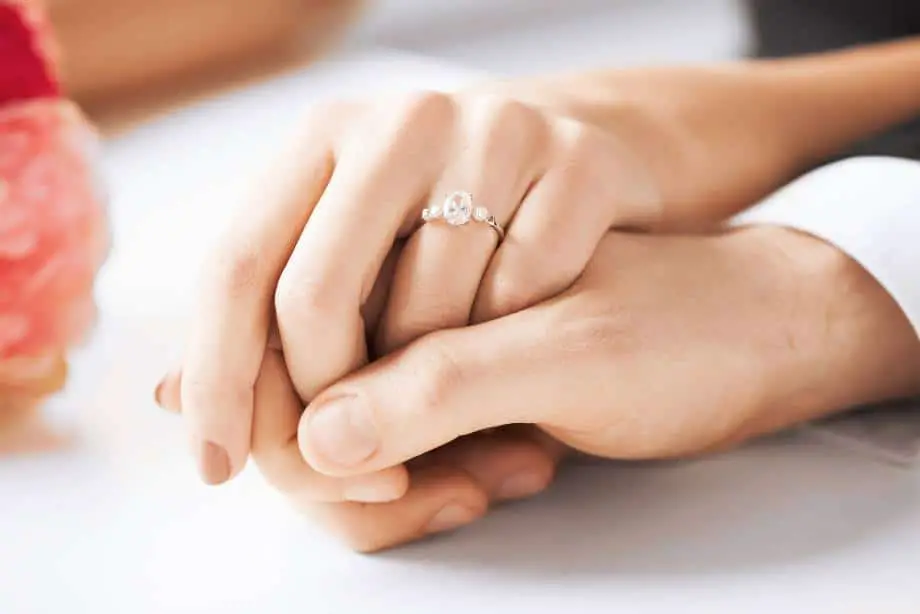
Have you ever wondered if lab-grown diamonds are truly flawless? Weighing the pros and cons between mined diamonds and their lab created diamonds UK counterparts, this article dives deep into the science of gemology to answer this question. Find out here which stones are best for your needs and how to determine whether or not a diamond is flawless.
Table of Contents
Introduction
It’s no secret that diamonds are expensive. The average cost of a diamond engagement ring is $5,000, and it can easily go up from there. This high price tag is due to the fact that diamonds are rare and take a long time to form.
But what if there was a way to get diamonds without all the cost and hassle? Enter lab-grown diamonds. Lab-grown or man-made diamonds are exactly what they sound like: diamonds that are created in a laboratory rather than formed naturally over millions of years.
So, are lab-grown diamonds flawless? In short, yes! But it’s important to understand how these diamonds are made before we can dive into why they’re flawless.
Are Diamond Flaws Just In The Eye Of The Beholder?
When it comes to diamonds, the term “flawless” is often used to describe a stone that is free of any blemishes or inclusions. However, what some people consider to be a flaw, others may view as simply a unique characteristic of the diamond. In reality, there is no such thing as a truly flawless diamond; even the most perfect stones will have tiny imperfections when viewed under a microscope.
While these imperfections may not be visible to the naked eye, they can still affect the overall quality of the diamond. For example, diamonds with large inclusions can appear cloudy or hazy, while those with small inclusions may be more brilliant and sparkle more. Ultimately, it is up to the individual to decide whether or not they are willing to accept these imperfections in exchange for a cheaper price tag.
Certification and its Effect on Price
When it comes to lab-grown diamonds, there are a few different types of certification that can affect the price. The most common is the Four Cs (carat, color, clarity, and cut), which is used to grade natural diamonds. However, since lab-grown diamonds are not natural, they do not follow the same guidelines. Instead, they are graded on a scale of FL (flawless) to I3 (imperfect). This grading system is not as commonly used, but it can still affect the price. In general, flawless lab-grown diamonds will be more expensive than those with imperfections.
Another type of certification that can affect the price of lab-grown diamonds is the type of diamond certificate. Diamond certificates are issued by independent organizations and provide information about a diamond’s carat weight, color, clarity, cut, and other characteristics. These certificates can add to the cost of a lab-grown diamond, but they also provide peace of mind for buyers who want to be sure they’re getting what they’re paying for.
Finally, some lab-grown diamonds may come with a fancy color or unique marking that affects their price. These markings are often used to differentiate lab-grown diamonds from natural diamonds and can add to the overall cost.
Real Lab Diamonds are 100% Flawless
It’s a common misconception that all lab-grown diamonds are flawless. In reality, only Real Lab Diamonds are 100% flawless. That’s because our process of creating diamonds in a lab setting results in a product that is free of any and all blemishes or inclusions.
To the untrained eye, a Real Lab Diamond may look identical to a mined diamond. But upon closer inspection, it’s clear that our diamonds are superior in both quality and clarity. So if you’re looking for a diamond that is guaranteed to be flawless, make sure to choose a Real Lab Diamond.
Growing Realistic Lab Diamonds – Deep Down In A Lab
Growing realistic lab diamonds is not an easy feat. It takes a lot of time, effort, and engineering to create something that looks and feels like a real diamond.
The first step is to create a seed crystal. This is done by taking a small piece of carbon and using heat and pressure to grow it into a larger crystal. The next step is to “melt” the surface of the crystal using lasers. This creates a smooth, spherical shape.
After that, it’s time to add facets. This is done by carefully cutting and polishing the surface of the sphere. The last step is to cut and polish the diamond into its final shape.
Lab-grown diamonds are not flawless, but they are close. In most cases, they only have minor imperfections that are not visible to the naked eye. And while they may not be perfect, they are still beautiful diamonds that can be enjoyed for a lifetime.






